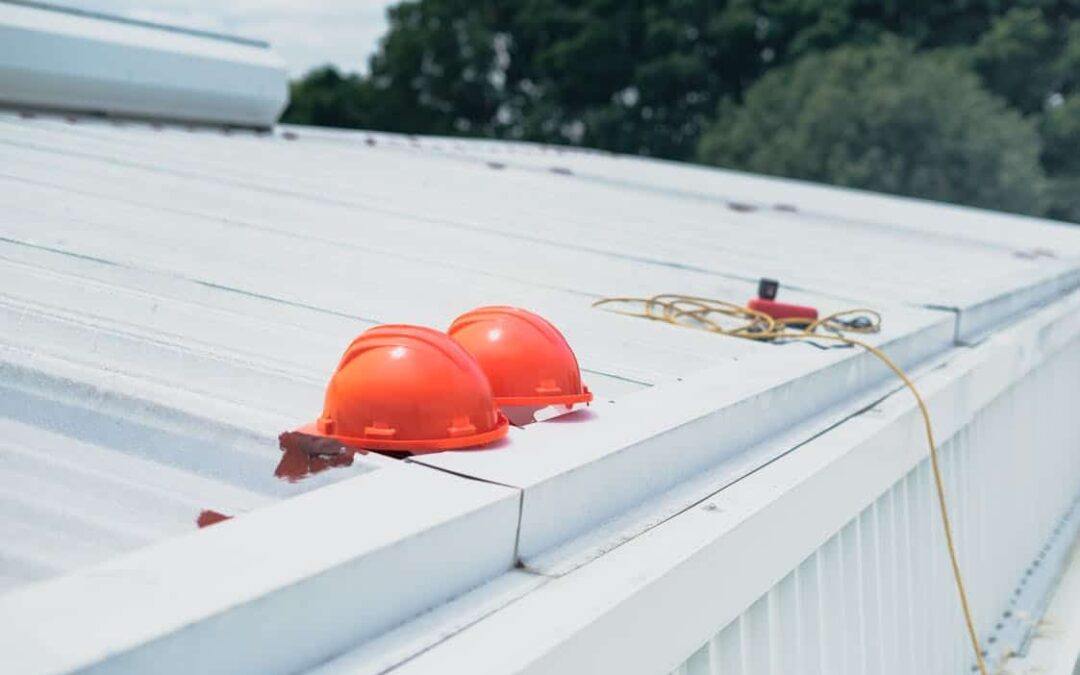Roof installation is a critical milestone in the life of any home, affecting everything from energy efficiency to structural stability. Whether building from the ground up or replacing an aging system, the success of a roof installation depends on the right plan, materials, and professionals.
Understanding the steps involved in a roof installation project empowers homeowners to make informed decisions. From choosing materials to scheduling the right time for the work, preparation is key to avoiding costly mistakes or rushed outcomes. Knowing what to expect at each stage also builds trust between homeowners and their contractors.
This article walks you through every step of a professional roof installation, highlights key decisions you’ll need to make, and provides insider tips on how to achieve the best results for your investment.
Why Roof Installation Is a Big Deal
It’s Your Home’s First Line of Defense
The roof bears the brunt of rain, snow, heat, and wind year-round. A high-quality installation ensures your home stays dry, comfortable, and protected, no matter what the weather brings.
It Impacts Energy Efficiency
A poorly installed roof can cause insulation issues, driving up heating and cooling costs. Modern roof installation practices include proper ventilation and sealing to optimize energy use and indoor comfort.
It Adds to Property Value
A new roof not only enhances curb appeal but is also a major selling point if you ever decide to put your home on the market. Buyers are willing to pay more for homes with recent, high-quality roof installations.
The Stages of Roof Installation
1. Planning and Preparation
Every roof installation project begins with an initial assessment. Measurements are taken, material options are discussed, and schedules are set. At this point, permits are typically obtained, ensuring that the project complies with local building codes.
2. Removing the Old Roof
For replacement projects, the old roofing material must be removed down to the decking. This process helps reveal any hidden issues like rotten wood, water damage, or ventilation problems that need to be addressed before the new roof goes on.
3. Inspecting and Preparing the Deck
Once exposed, the roof deck is inspected for structural integrity. Any compromised sections are repaired or replaced. A clean, solid deck ensures that the new materials adhere properly and perform as intended.
4. Installing Underlayment and Flashing
Waterproof underlayment is rolled out to serve as a moisture barrier. Flashing is added around vulnerable areas like chimneys, skylights, and valleys to prevent leaks.
5. Installing the New Roofing Material
Whether you’re using asphalt shingles, metal panels, slate, or tiles, installation follows a specific pattern to ensure maximum protection against the elements. Shingles, for example, are installed in overlapping rows starting at the bottom edge of the roof and working upward.
6. Finishing Touches and Clean-Up
Final sealing is applied, ventilation systems are adjusted, and debris is cleared from the property. A thorough inspection ensures every detail meets quality and safety standards.
Choosing the Right Materials
Consider Climate
Some materials perform better in certain climates. For example, metal roofing reflects heat in warm areas, while heavy slate or tile offers durability in harsh winter zones.
Understand Lifespan
Material choice directly affects how long your new roof will last. Asphalt shingles might offer 20–30 years of protection, while standing seam metal roofing can last 40–70 years with minimal maintenance.
Match Aesthetics
The color, style, and texture of your roofing material should complement your home’s architecture. A good roof not only protects—it enhances the beauty of the entire property.
Common Mistakes to Avoid
Skipping the Inspection
Never install a new roof over compromised decking or without evaluating ventilation systems. Overlooking these basics often leads to costly repairs sooner than expected.
Focusing Only on Price
While it’s smart to stay within budget, the cheapest quote isn’t always the best choice. Poor workmanship and subpar materials can end up costing far more in repairs and replacements later on.
Ignoring Ventilation
Proper attic ventilation is a critical part of roof performance. Without it, moisture builds up inside your home, leading to mold, mildew, and premature aging of roofing materials.
When to Schedule a Roof Installation
Spring, summer, and early fall typically offer the best weather for roof installations, minimizing the risk of weather delays. However, in emergency situations, professional roofing teams can install year-round with the right precautions.
Booking early—especially during peak seasons—ensures you get your preferred scheduling and allows for proper planning without feeling rushed.
Final Thoughts: Invest in Excellence
Roof installation isn’t just a project—it’s an investment in your home’s future. Done properly, it provides decades of protection, comfort, and beauty.
If you’re considering a new roof, partnering with trusted professionals can make all the difference between a stressful experience and a smooth, rewarding transformation.

Recent Comments